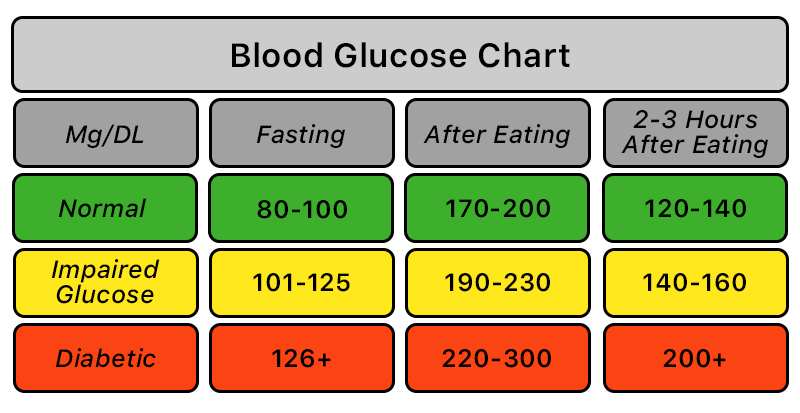what is normal post prandial blood sugar for non diabetic Mmol diabetics ranges
Are you feeling light-headed when sitting at your computer? Do you often wonder what causes type 2 diabetes? Well, you’re not alone. Many people experience these concerns, and it’s essential to understand the underlying factors. Although we aren’t medical professionals, we can shed some light on these topics to help you gain a better understanding. So, let’s dive in!
Light-headedness and Computer Use
Have you ever noticed feeling light-headed or dizzy after spending prolonged hours at your computer? This can be a common issue, especially if you’re not taking regular breaks or have poor posture. It’s important to remember that sitting for long periods can reduce blood flow to your brain, leading to sensations of light-headedness. Furthermore, staring at a screen for extended periods can cause eye strain, which may contribute to these feelings.
 To combat these symptoms, it’s crucial to take frequent breaks. Stand up, stretch, or take a short walk to improve blood circulation. Additionally, ensure that your screen is positioned at eye level and that you have proper lighting to reduce strain on your eyes. Implementing these changes can significantly alleviate the discomfort associated with computer use.
To combat these symptoms, it’s crucial to take frequent breaks. Stand up, stretch, or take a short walk to improve blood circulation. Additionally, ensure that your screen is positioned at eye level and that you have proper lighting to reduce strain on your eyes. Implementing these changes can significantly alleviate the discomfort associated with computer use.
Understanding Type 2 Diabetes
Type 2 diabetes is a condition that affects the way your body processes sugar (glucose). It occurs when your body becomes resistant to insulin or doesn’t produce enough of it. Insulin is a hormone that helps regulate blood sugar levels. Without sufficient insulin, glucose builds up in the bloodstream, leading to high blood sugar levels. This can have several adverse effects on your health if not managed properly.
The exact causes of type 2 diabetes are still being studied, but certain risk factors can make people more susceptible. These include being overweight, leading a sedentary lifestyle, having a family history of diabetes, and ethnicity. While you may not be able to change some risk factors, such as family history or age, adopting a healthy lifestyle can significantly reduce your chances of developing type 2 diabetes.
Maintaining a balanced diet, regular exercise routine, and managing stress levels are vital to managing and preventing type 2 diabetes. By making small, sustainable changes to your lifestyle, you can positively impact your overall health and well-being.
In conclusion, it’s crucial to take care of your health when spending long hours at the computer and to be aware of the risk factors that contribute to type 2 diabetes. Remember to take breaks, stretch, and maintain a healthy lifestyle to minimize the discomfort associated with computer use and reduce the likelihood of developing diabetes. Your well-being should always be a top priority!
If you are searching about The mmol of non-diabetics | Diabetes Forum • The Global Diabetes Community you’ve came to the right web. We have 5 Images about The mmol of non-diabetics | Diabetes Forum • The Global Diabetes Community like Postprandial Blood Sugar - How to Control Spikes after Meals | Breathe, Light headed when sitting at computer, what causes diabetes 2, non and also Postprandial Blood Sugar - How to Control Spikes after Meals | Breathe. Here it is:
The Mmol Of Non-diabetics | Diabetes Forum • The Global Diabetes Community
www.diabetes.co.ukmmol diabetics ranges
Postprandial Blood Sugar - How To Control Spikes After Meals | Breathe
 www.breathewellbeing.inpostprandial spikes
www.breathewellbeing.inpostprandial spikes
Light Headed When Sitting At Computer, What Causes Diabetes 2, Non
 s3.amazonaws.comgestational postprandial levels fasting glucose loans hux installment beating
s3.amazonaws.comgestational postprandial levels fasting glucose loans hux installment beating
Postprandial Blood Glucose Levels | Diabetes Forum • The Global
 www.diabetes.co.ukBlood Sugar Chart | What Is Normal Blood Glucose? | Lark Health
www.diabetes.co.ukBlood Sugar Chart | What Is Normal Blood Glucose? | Lark Health
 www.lark.comsugar glucose lark levels fasting
www.lark.comsugar glucose lark levels fasting
Postprandial blood sugar. The mmol of non-diabetics. Blood sugar chart